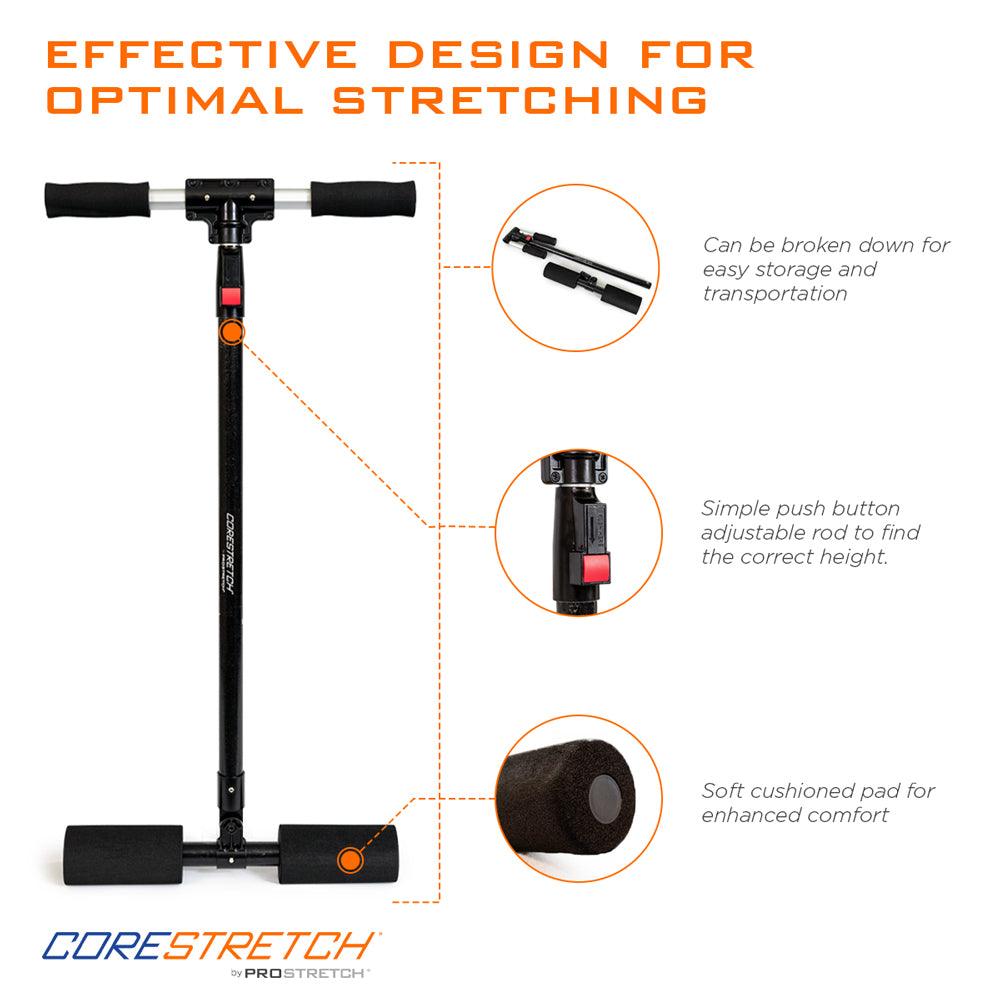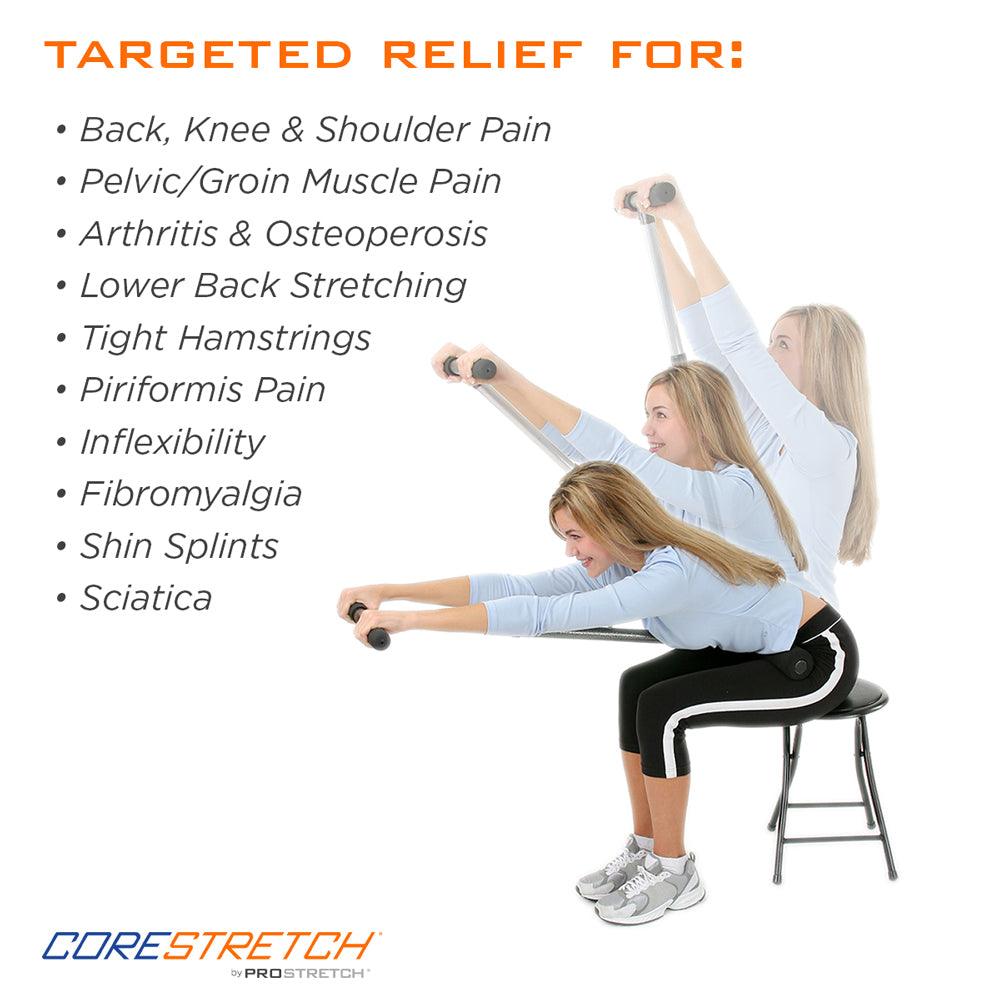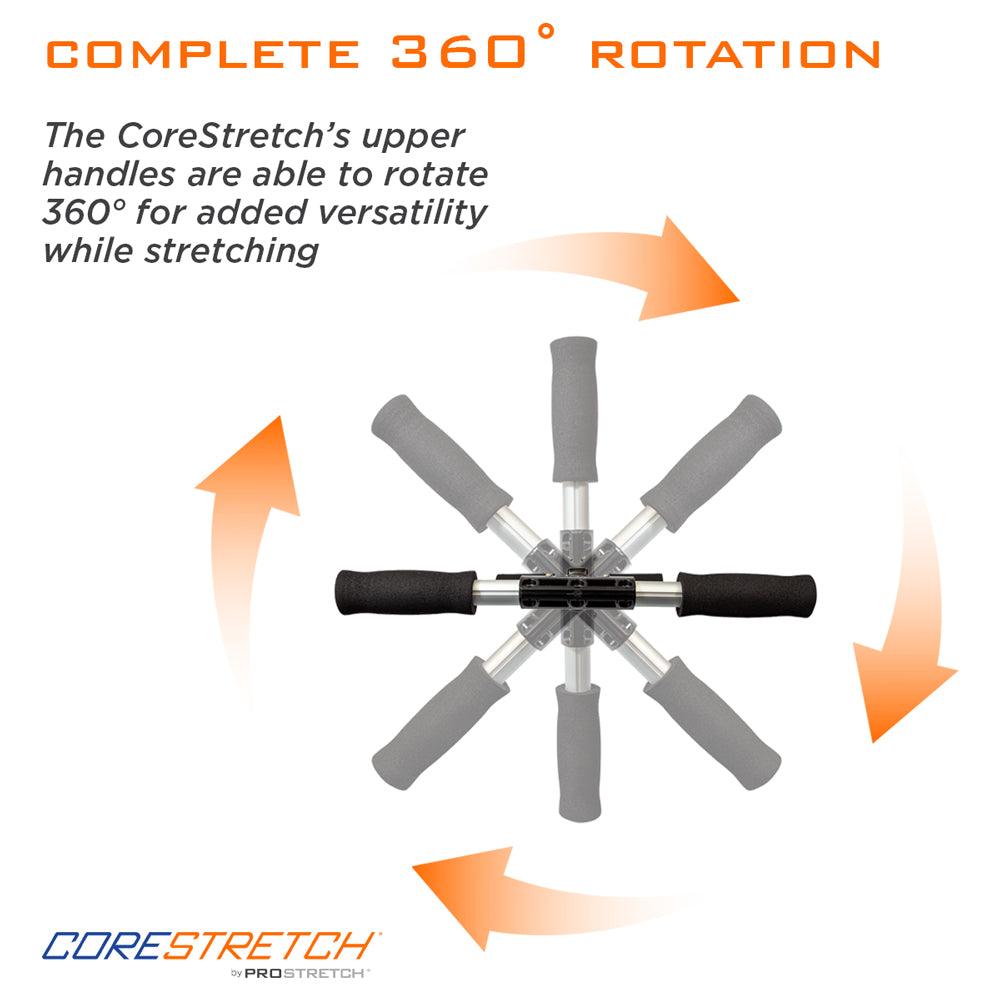Stretching Safely and Effectively
(Part 4 of a 4 part series on Stretching Your Way into Better Health)
Our recent blog series, Stretching Your Way into Better Health, has covered how a stretching program can help in maintaining flexibility, improving athletic performance and preventing injury.
For all of its benefits, stretching can also cause adverse effects like sprains and strains if not performed properly. In order to avoid the dangers of improper stretching, it is important to keep some rules in mind when starting a new stretching program. While stretching can be done anytime and anywhere, using improper techniques can actually do more harm than good.
Here are some tips for stretching safely and effectively:
- Focus on having equal flexibility on both sides. In fact, muscle strength imbalances are often the cause of chain reaction injuries. As everyone’s genetics for flexibility are different, striving for symmetry in your own body is more important than striving for the flexibility and range of motion of a gymnast or ballet dancer. This is especially important for those recovering from a previous injury.
- Focus on major muscle groups along the body’s interconnective chain, such as the calves, thighs, hips, lower back, neck, and shoulders. Be sure to stretch the muscles that are routinely used both at work and play. The CoreStretch and StretchRite both provide safe and effective way to stretch most of these muscles.
- Hold each stretch for about 30 seconds. If there is a particularly tight muscle, it should be held for closer to 60 seconds. It is important to remember to breathe normally while stretching.
- Do not bounce. Stretch in a smooth movement as bouncing during stretching could potentially cause injury.
- The goal while stretching should be to feel tension not pain. If a stretch hurts, it is probably too much. Back off to the point where the pain ceases and then hold the stretch in that position. Using a product like the StretchRite can help in getting just the right amount of stretch. The StretchRite’s design allows you to adjust the tension during stretching and makes it easy to safely individualize the amount of stretch required.
- Be consistent and stretch on a regular basis. Stretching can be time-consuming, but the most benefits can be obtained by stretching at least 2 to 3 times a week.
- Movement can be part of an effective stretching routine. Gentle movements such as yoga or tai chi can help with flexibility and range of motion in addition to helping to prevent boredom by adding variety to regular routines.
- Pre-activity warm up can include dynamic stretches. Start slowly with low intensity to warm up the muscles. Once muscles become accustomed to the motion, it is safe to speed up gradually.

While regular stretching can be a significant contributing factor to a healthy lifestyle, it is important to know when to exercise caution. People with chronic conditions or injuries may need to adjust their stretching techniques. It is important to note that stretching an already strained muscle could potentially cause further harm.
Following basic stretching precautions can help ensure that stretching helps, rather than harms, your body.
Read the entire Stretching Your Way into Better Health Series:
- Part 1: Top 10 Reasons to Stretch
- Part 2: Stretching for Improved Performance
- Part 3: Stretching for Injury Prevention
The post Stretching Safely and Effectively appeared first on Medi-Dyne.




































